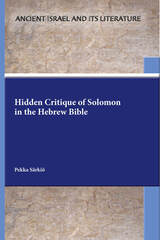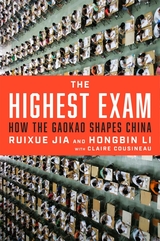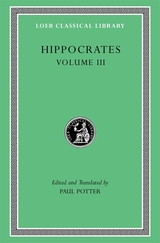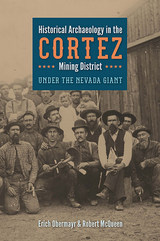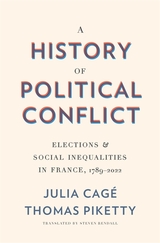3 books about Counterpoint
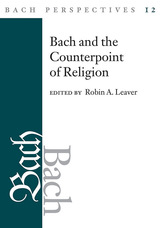
Bach Perspectives, Volume 12
Bach and the Counterpoint of Religion
Edited by Robin A. Leaver
University of Illinois Press, 2018
Johann Sebastian Bach was a Lutheran and much of his music was for Lutheran liturgical worship. As these insightful essays in the twelfth volume of Bach Perspectives demonstrate, he was also influenced by--and in turn influenced--different expressions of religious belief. The vocal music, especially the Christmas Oratorio, owes much to medieval Catholic mysticism, and the evolution of the B minor Mass has strong Catholic connections. In Leipzig, Catholic and Lutheran congregations sang many of the same vernacular hymns. Internal squabbles were rarely missing within Lutheranism, for example Pietists' dislike of concerted church music, especially if it employed specific dance forms. Also investigated here are broader issues such as the close affinity between Bach's cantata libretti and the hymns of Charles Wesley; and Bach's music in the context of the Jewish Enlightenment as shaped by Protestant Rationalism in Berlin. Contributors: Rebecca Cypess, Joyce L. Irwin, Robin A. Leaver, Mark Noll, Markus Rathey, Derek Stauff, and Janice B. Stockigt.
[more]

Sixteenth-Century Polyphony
A Basis for the Study of Counterpoint
Arthur Tillman Merritt
Harvard University Press
Interest in counterpoint suffered greatly during the latter part of the eighteenth century and all through the nineteenth. At the present time, however, many of our foremost composers are doing their best compositions in this field. They have naturally not reverted to the exact type of counterpoint used during the highest period of its development in the sixteenth century; but the point of view is strikingly similar, namely, that one must look very carefully to one's strands of melody, and independence of rhythm is the thing that possibly counts most. The majority of composers and teachers now agree that for the beginner the study of sixteenth century technique is best. Professor Merritt therefore starts with Gregorian chant, which offers the finest examples of single excellent lines. Rather than make arbitrary rules as the older writers did, he simply tries to get the student into contact with the music and to explain or point out the most important aspects of it. His book is valuable not only as a systematic study of counterpoint but as an introduction to the music of the sixteenth century.
[more]
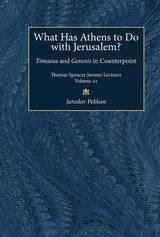
What Has Athens to Do with Jerusalem?
Timaeus and Genesis in Counterpoint
Jaroslav Pelikan
University of Michigan Press, 1997
The debate about evolution and creationism is striking evidence of the tensions between biblical and philosophical-scientific explanations of the origins of the universe. For most of the past twenty centuries, important historical context for the debate has been supplied by the relation (or "counterpoint") between two monumental texts: Plato's Timaeus and the Book of Genesis.
In What Has Athens to Do with Jerusalem?, Jaroslav Pelikan examines the origins of this counterpoint. He reviews the central philosophical issues of origins as posed in classical Rome by Lucretius, and he then proceeds to an examination of Timaeus and Genesis, with Timaeus' Plato representing Athens and Genesis' Moses representing Jerusalem. He then follows the three most important case studies of the counterpoint--in the Jewish philosophical theology of Alexandria, in the Christian thought of Constantinople, and in the intellectual foundations of the Western Middles Ages represented by Catholic Rome, where Timaeus would be the only Platonic dialogue in general circulation.
Whatever Plato may have intended originally in writing Timaeus, it has for most of the intervening period been read in the light of Genesis. Conversely, Genesis has been known, not in the original Hebrew, but in Greek and Latin translations that were seen to bear a distinct resemblance to one another and to the Latin version of Timaeus. Pelikan's study leads to original findings that deal with Christian doctrine in the period of the church fathers, including the Three Cappadocians (Basil of Caesarea, Gregory of Nazianzus, and Gregory of Nyssa) in the East, and in the West, Ambrose, Augustine, and Boethius. All of these vitally important authors addressed the problem of the "counterpoint," and neither they nor these primary texts can become fully intelligible without attention to the central issues being explored here.
What Has Athens to Do with Jerusalem? will be of interest to historians, theologians, and philosophers and to anyone with interest in any of the religious traditions addressed herein.
[more]
READERS
Browse our collection.
PUBLISHERS
See BiblioVault's publisher services.
STUDENT SERVICES
Files for college accessibility offices.
UChicago Accessibility Resources
home | accessibility | search | about | contact us
BiblioVault ® 2001 - 2025
The University of Chicago Press


